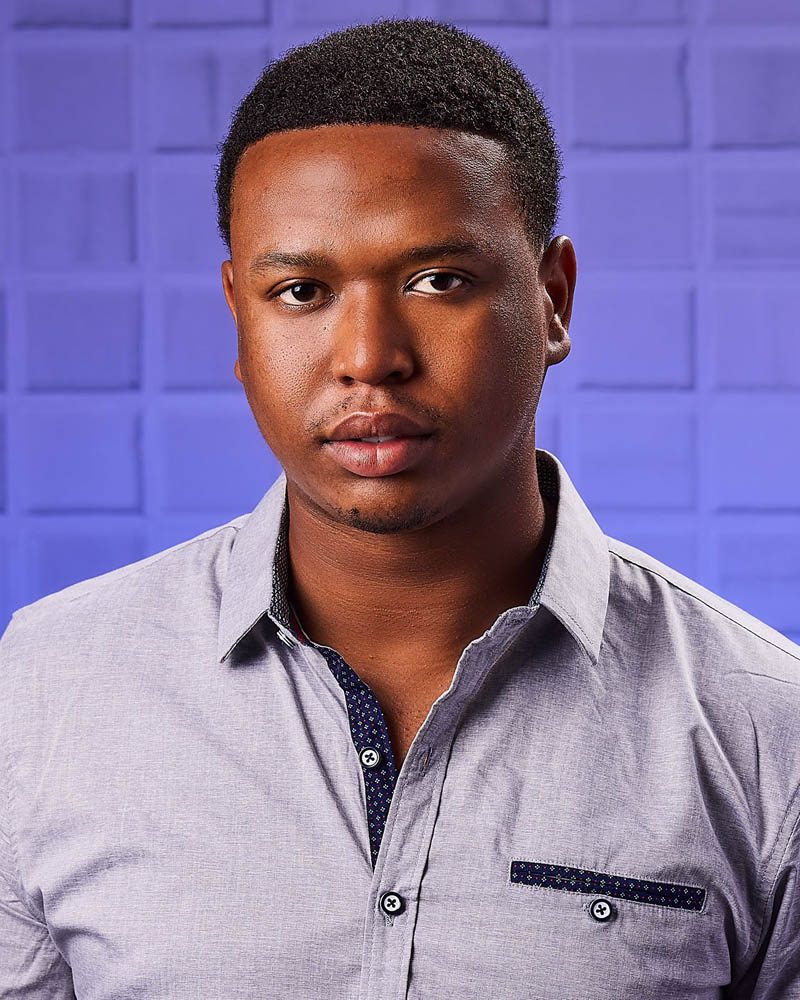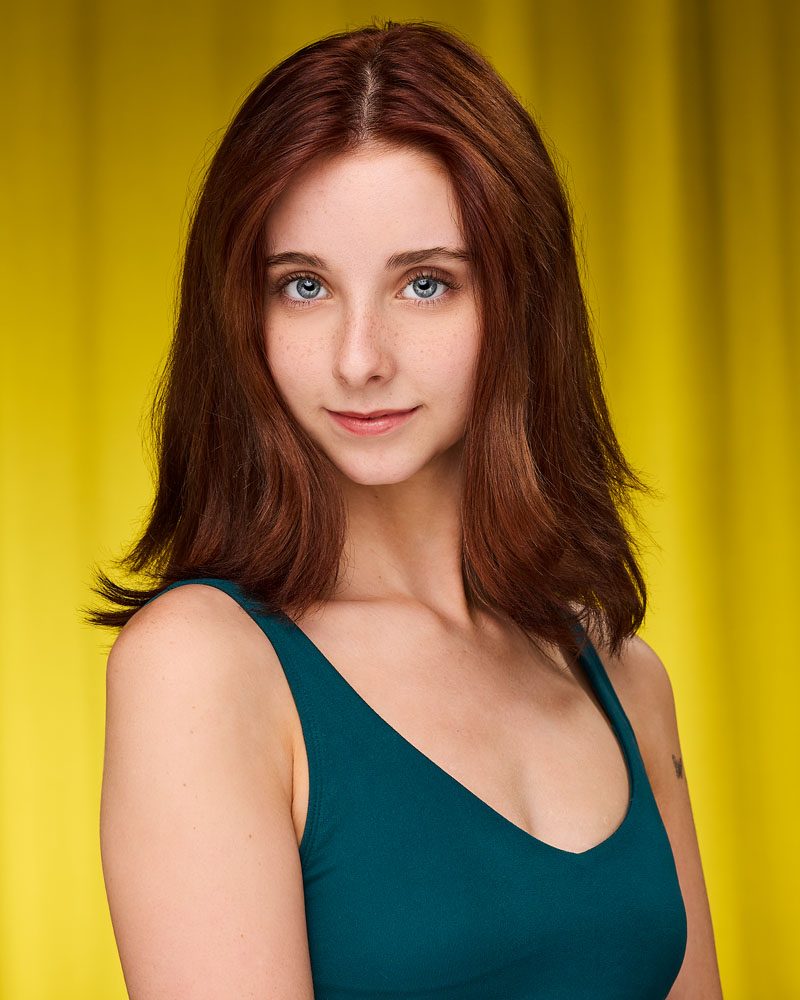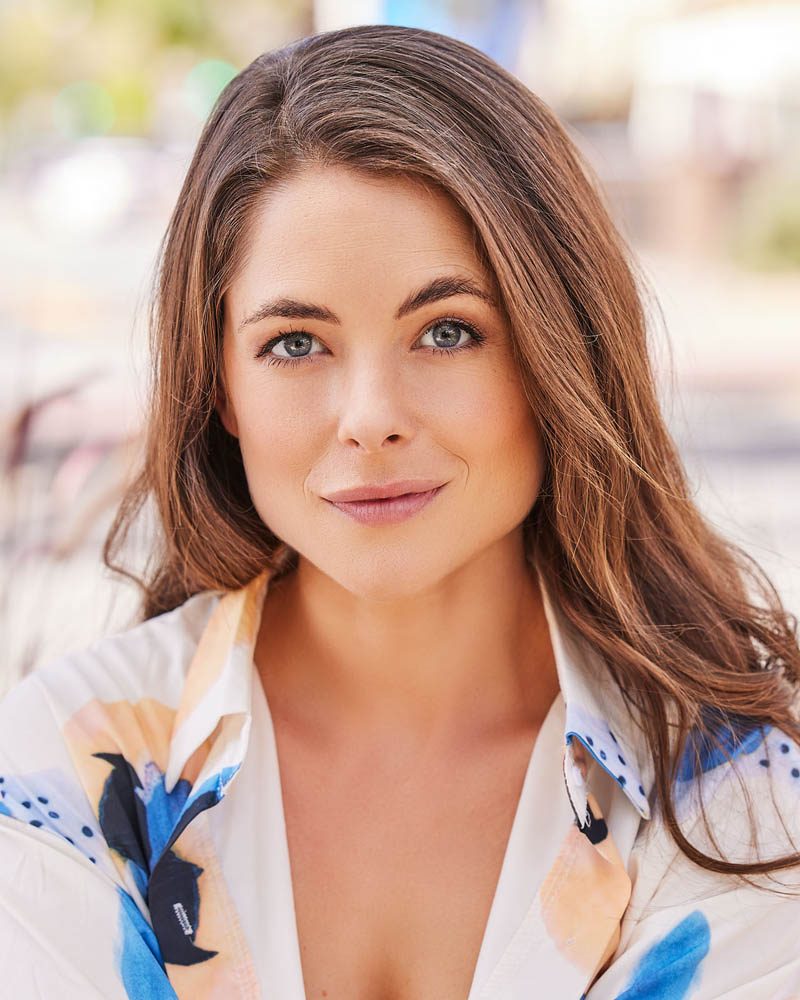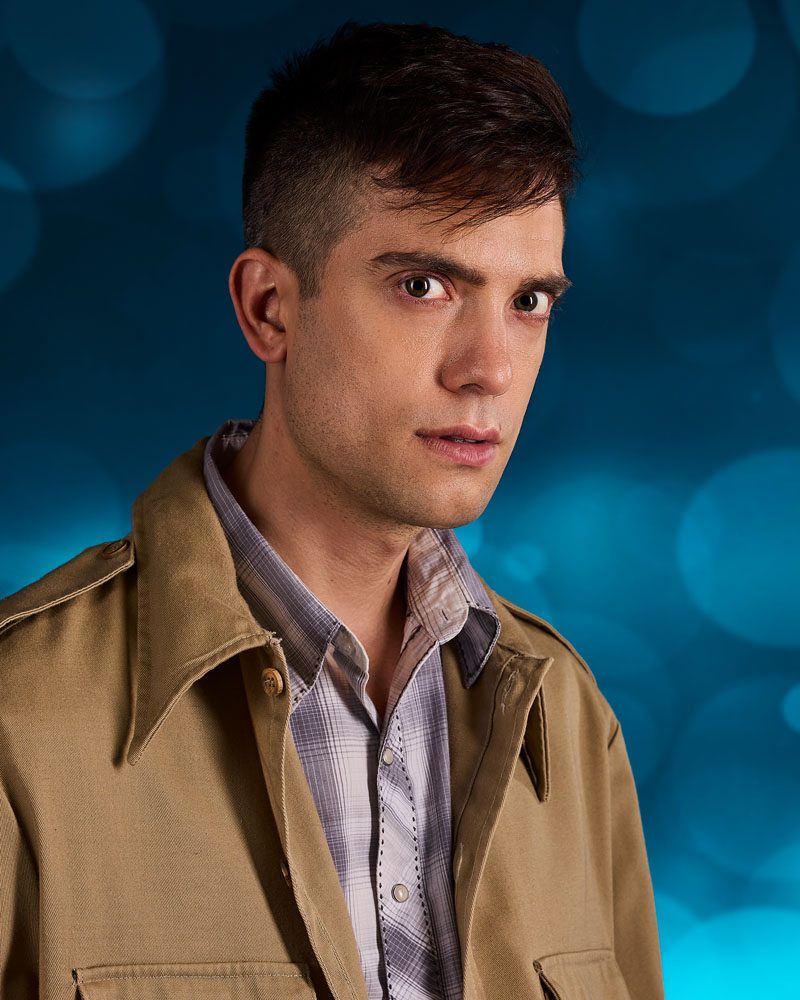Commercial Headshots, Theatrical Headshots, and More
If you are an experienced actor, you can skip this section as you are likely familiar with the two most common looks of commercial and theatrical.
Briefly, a commercial look is friendly, vibrant, and bright. It is kind of like the happy friend, boyfriend, or girlfriend character. The theatrical look is then somewhat the opposite. It is a darker – though not necessarily dark – more serious dramatic look. It is kind of like the detective or enemy character. Check out this article on what is a commercial headshot and this one on what is a theatrical headshot for a deeper dive on the topic.
Getting Yourself Across
It is important in a headshot to come across approachable. A main message you want to convey is that you are someone people can get along with and work with. This is true whether you are getting commercial or theatrical looks. Yes, you can create a dramatic theatrical look and still come across as approachable.
An actor’s eyes will be the primary element of a headshot that tells the story you want told. There are many ways to arrive here, and an actor should practice which one works best for them. You might get into character during a headshot session. You might just have specific thoughts – this might be specific to a character or a general mood you might want to get across. These are just a couple of examples of how you can arrive at ensuring your eyes lead the way.
Elements That Help Get Yourself Across
Then there is the supporting cast and that begins with getting headshots for acting and the photographer you choose, and the equipment he or she uses, like high quality studio lighting. Let us start with the photographer. Their portfolio should demonstrate an ability to create the varied looks you want, not just one style or similar styles. This is typically around at least varied commercial and theatrical looks. It can also be a comedic look. It also can mean in-studio or outdoors. All of these are important because, again, what one casting director, agent, or manager is looking for on one day may not be the same later.
So, it might be good to have a studio commercial and theatrical headshot as well as a natural light commercial and theatrical headshot, to more easily meet the varied needs of the industry. Thus, another crucial factor is whether the photographer can pull off studio and natural light, and commercial and dramatic looks.
Study their portfolios to see how they use light to help the actor shape the story they are trying to get across. Study how their use of varied backgrounds is helping. Furthermore, study the quality of their shots? Are they sharp and in focus? Is the color accurate and do the colors help shape the story?

